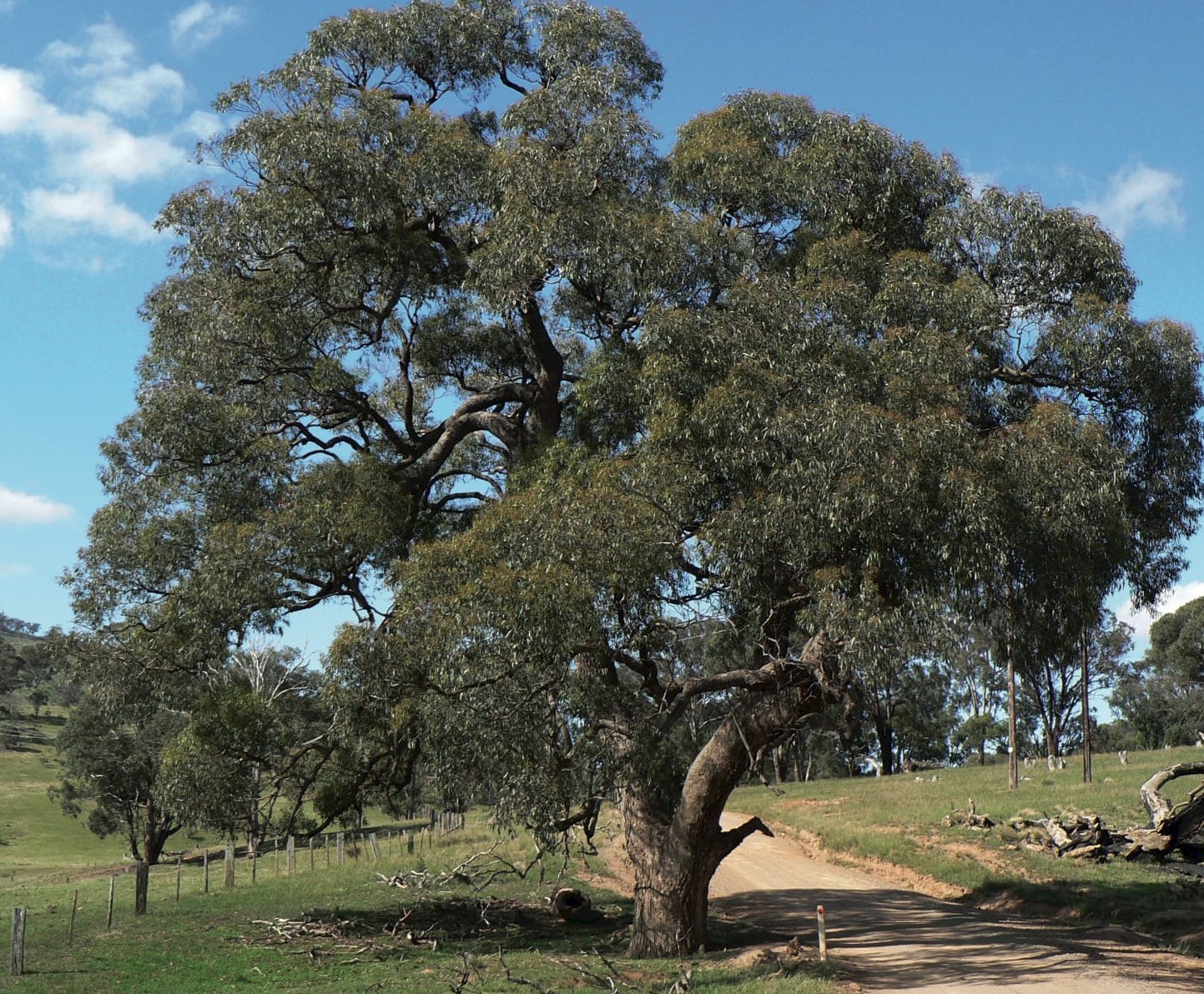Eucalyptus bridgesiana
Credits
Article from New Trees by John Grimshaw & Ross Bayton
Recommended citation
'Eucalyptus bridgesiana' from the website Trees and Shrubs Online (treesandshrubsonline.
Genus
Common Names
- Apple Box
Other taxa in genus
- Eucalyptus acaciiformis
- Eucalyptus albida
- Eucalyptus amygdalina
- Eucalyptus archeri
- Eucalyptus blakelyi
- Eucalyptus brookeriana
- Eucalyptus camaldulensis
- Eucalyptus camphora
- Eucalyptus chapmaniana
- Eucalyptus cinerea
- Eucalyptus coccifera
- Eucalyptus cordata
- Eucalyptus crenulata
- Eucalyptus cypellocarpa
- Eucalyptus dalrympleana
- Eucalyptus delegatensis
- Eucalyptus elliptica
- Eucalyptus fastigata
- Eucalyptus fraxinoides
- Eucalyptus globulus
- Eucalyptus gregsoniana
- Eucalyptus gunnii
- Eucalyptus johnstonii
- Eucalyptus kybeanensis
- Eucalyptus lacrimans
- Eucalyptus laophila
- Eucalyptus leucoxylon
- Eucalyptus macarthurii
- Eucalyptus macrorhyncha
- Eucalyptus mannifera
- Eucalyptus melliodora
- Eucalyptus mitchelliana
- Eucalyptus moorei
- Eucalyptus morrisbyi
- Eucalyptus neglecta
- Eucalyptus nicholii
- Eucalyptus nitens
- Eucalyptus nova-anglica
- Eucalyptus obliqua
- Eucalyptus oreades
- Eucalyptus ovata
- Eucalyptus parvula
- Eucalyptus pauciflora
- Eucalyptus praecox
- Eucalyptus radiata
- Eucalyptus regnans
- Eucalyptus remota
- Eucalyptus risdonii
- Eucalyptus rodwayi
- Eucalyptus rubida
- Eucalyptus saligna
- Eucalyptus sideroxylon
- Eucalyptus stellulata
- Eucalyptus subcrenulata
- Eucalyptus tenuiramis
- Eucalyptus urnigera
- Eucalyptus viminalis
Tree to 40 m. Bark grey to greyish brown, fibrous and flaky with white patches throughout. Branchlets green. Juvenile leaves opposite to subopposite, glaucous, orbicular to broadly obovate, crenulate, amplexicaul. Adult leaves alternate, dark green, 12–20 × 1.5–2.5 cm, lanceolate, lateral veins distinct, margins entire, apex acute to acuminate, falcate; petiole flattened or terete, 1.5–3 cm long. Inflorescences axillary and solitary; umbellasters with seven flowers. Flower buds ovoid, often apiculate; hypanthium hemispherical, 0.3–0.5 cm wide; stamens white or cream. Capsule hemispherical, 0.4–0.7 cm diameter; valves three to four, exserted. Chippendale 1988, Hill 2004. Distribution AUSTRALIA: New South Wales (Tablelands), Queensland (Stanthorpe), Victoria. Habitat Grassy woodland on drier sites. USDA Hardiness Zone 8. Conservation status Not evaluated. Illustration NT329.
Eucalyptus bridgesiana is a vigorous species and reasonably hardy; where happy it can make a very large tree indeed. The largest specimen recorded in the British Isles – one of a group of three at Mount Usher, Co. Wicklow – was 39.5 m tall, 130 cm dbh in 2000 (TROBI). The species has attractive white bark, and the upright new shoots flush pink before the leaves assume their usual light greenish blue as they mature, although there is some variation in foliage colour. It flowers prolifically in autumn, making it a very useful source of nectar for bees and other insects. It seems to be hardy to about –12 ºC, but will resprout as a coppice from lower temperatures that kill the top.

